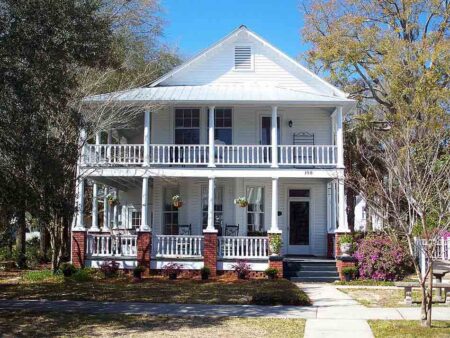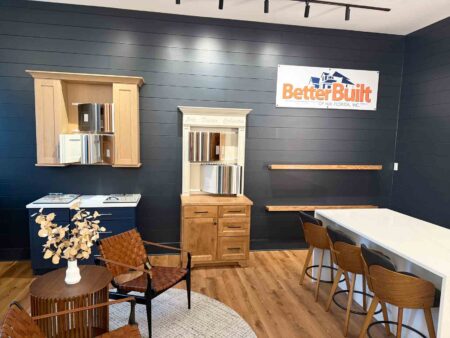A short list of large maturing, storm-resistant trees to consider includes live oak, sand live oak, bald cypress, pond cypress, black gum, and magnolia. We are blessed in Florida with a wealth of tree species from which to select for our landscapes.
Tree replacement/planting following a hurricane requires a sound plan. Many problems can be avoided by putting thought into tree selection, planting, and maintenance.
Past hurricanes have taught us that large growing trees planted too close to curbs, sidewalks or buildings blow over easily because they don’t have adequate room to develop a sound root system. It’s best to plant these trees farther away, plant trees that may stay small or increase the size of space allocated for tree root growth.
Research and natural disasters have taught us that tree roots need much larger soil spaces for strong, stable growth than previously thought. Strong root growth is essential for tree stability and health. Experts recommend that parking lot islands should be at least four hundred square feet in order to support adequate growth for one medium or large maturing tree such as live oak. Much of the construction practices such as raising and lowering the grade, paving over roots and soil compaction from heavy equipment result in root injury for existing trees, making them less durable and less stable.
A common mistake in replacing trees after a storm is to replant with fast-growing tree species. Using only fast-growing trees could be a mistake. There are two “built-in” factors that exist in most fast growing trees. First, most fast-growing trees are not built to withstand storms. They are weak wooded and subject to splitting, cracking and breaking during a storm. Second, most fast-growing species are short-lived. A short-lived tree such as silver maple may live for fifteen to thirty years as compared to a more durable tree such as a live oak, which can live for two hundred or more years.
When using storm-resistant trees, there is no way to protect them from all storm damage. Trees are not adapted to worst-case storms, such as Hurricane Michael, only to our average wind climate.
A short list of large maturing, storm-resistant trees to consider includes live oak, sand live oak, bald cypress, pond cypress, black gum, and magnolia. We are blessed in Florida with a wealth of tree species from which to select for our landscapes.
Do some homework and take a look at tree species that did well in your area. You may want to include some of these on your tree list. Also, there are many small and medium-sized trees from which to choose. And, many palms are wind resistant, particularly the cabbage palm.
Having success with trees in the landscape involves starting with a healthy, well-developed tree. Purchase from a reputable source. Plant the right tree in the right place. Follow good planting procedures, which includes not planting the tree too deep. And follow proper maintenance practices, which include learning how to prune to produce a structurally sound tree.
The following UF/IFAS Extension link, Wind and Trees – lessons learned from hurricanes, includes the most current recommendations on tree selection, planting, and pruning. https://hort.ifas.ufl.edu/treesandhurricanes/wind_and_trees.shtml.
Larry Williams is the Extension horticulture agent with the Okaloosa County Cooperative Extension Service, University of Florida. Contact Larry at 689-5850 or email lwilliams@myokaloosa.com.







